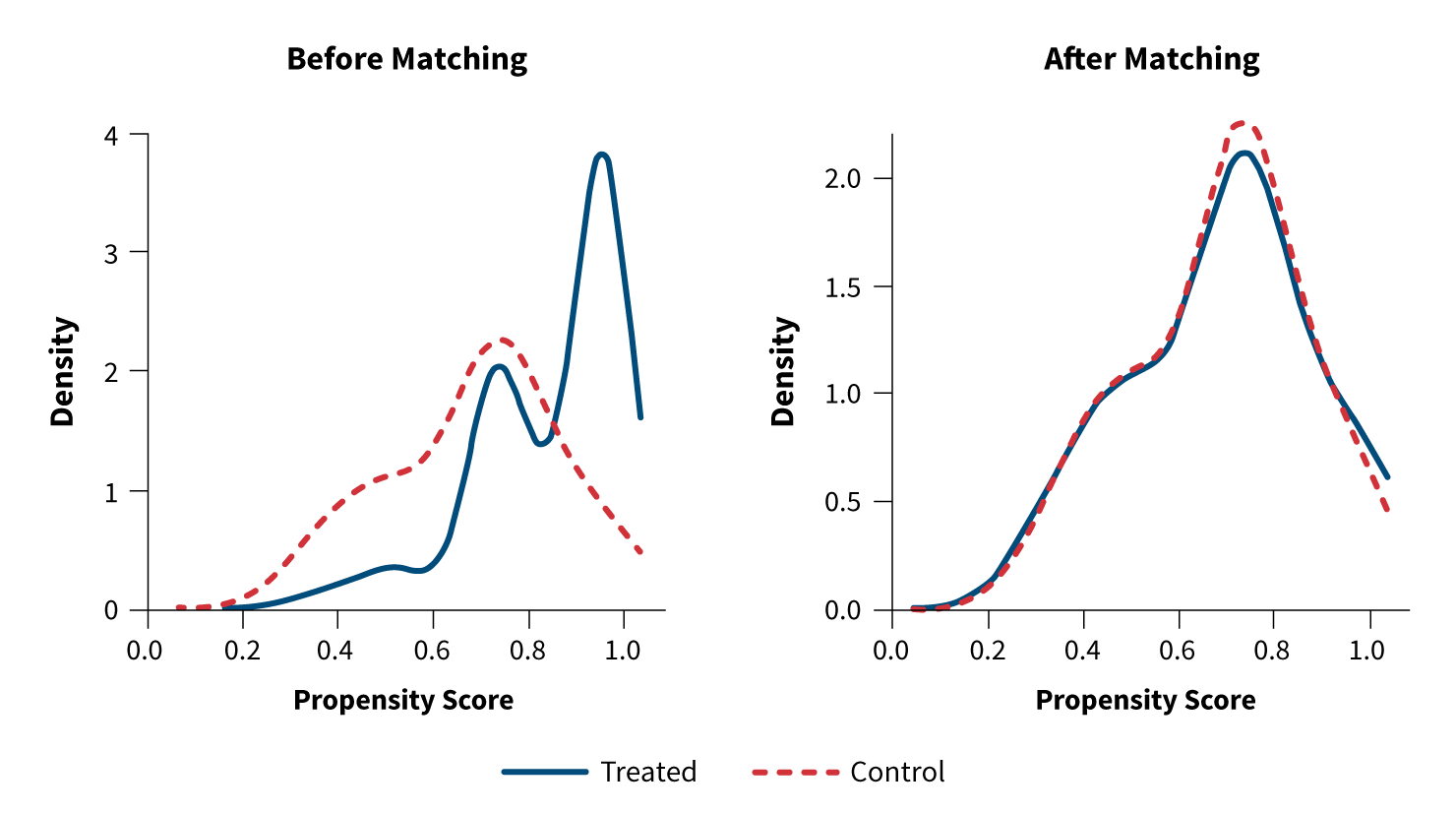The Positive Impact of IABA’s Scholarship and Boot Camp Programs
An empirical analysis and assessment
July 2020Photo: iStock.com/Igor Vershinsky
On Sept. 22, 1996, the International Association of Black Actuaries (IABA) awarded its very first scholarship of $750. At that time, there were fewer than 100 known credentialed Black actuaries. Through word of mouth and partnerships with other organizations, the Scholarship program began to grow by leaps and bounds. Fast-forward to 2019, the IABA awarded $127,000 to 45 recipients. In total, the IABA Scholarship program has offered more than $900,000 to hundreds of promising students.
Recognizing the best and brightest talent in the actuarial pipeline has always been a priority, but IABA noticed a vital part of the pipeline was being missed. IABA needed a program geared toward students with late awareness of the profession, career changers and so on. Enter IABA’s Boot Camp program in 2012—a premier program for Black actuarial students transitioning to the actuarial industry. Since the inaugural class, more than 200 students have gone through the IABA Boot Camp program.
Over the years, IABA has played a pivotal role in helping students land countless positions, pass exams and secure designations. These programs have been vital to the career trajectory of actuarial students like the two featured in this article (see sidebars): Ama Ampadu-Kissi, now a senior actuarial associate at Venerable Annuity, and Asrielle Allen, a junior at Drake University, who had an internship at Travelers and is participating in another internship at Prudential this summer.
Until recently, IABA only knew of these success stories anecdotally. Therefore, the organization conducted a research study to empirically show the impact of the Scholarship and Boot Camp programs.
Data and Descriptive Statistics
The study used data collected through the end of 2017 and leveraged multiple sources, including IABA’s historical database, research from social media and survey responses from past program participants.
IABA Boot Camp Participant Perspective
Ama Ampadu-Kissi was not always interested in actuarial science. In Ghana, she was a math and computer science major, and she initially thought she’d become an accountant. As fate would have it, she didn’t get accepted into business school. So, she investigated other professions and stumbled upon actuarial science. After some research, she decided to pursue the major because risk management appealed to her. Her research culminated in the decision to pursue a graduate degree in actuarial science at Illinois State.
“I heard about the IABA in the past, but I didn’t know much about the organization,” Ama says. “A teaching assistant at Illinois State mentioned the IABA Boot Camp. I applied just one day before the application deadline and was fortunate to be selected for the 2016 IABA Boot Camp class.”
While the Scholarship program pre-dates 2012, the study focused on the period of 2012–2017 to create a comparable data set, since the Boot Camp program began in 2012. This created a total sample size of 200, which was made up of 69 scholarship recipients; 30 boot camp participants; 31 who benefited from both, collectively called treatment group; and 70 in the control group. To assess the impact of IABA’s programs on measured outcomes, we created a control group within the IABA membership for the same time period to compare against, and this group was composed of persons who had not benefited from any of these programs. The control group had many similar characteristics to the treatment group, and most had applied for one or both programs in the past.
Empirical Strategy
The analysis employed the ordinary least squares and logistic regression statistical techniques. Since the study was an observational study and not a randomized control trial (a random assignment for awarding these programs), we employed the technique of propensity score matching, which formed a matched set of treatment and control subjects who had comparable characteristics to enable a causal inference.
To illustrate, Figure 1 shows graphs of the distribution of propensity scores before and after matching for the Scholarship group. The left panel shows the before matching chart, which indicates differences in observed characteristics between the treatment and control groups, as shown by the red and blue lines. To create a comparable set, some individuals were dropped in the process, which led us to the right panel graph, which indicates a much more similar cohort after matching.
Figure 1: Distribution of Propensity Score in Treated and Control Groups for IABA Scholarship Program

Source: International Association of Black Actuaries
Hypothesis 1: IABA’s Programs Increase Exam Success
The first hypothesis evaluated the impact of IABA programs on the number of exams passed, controlling for other individual and program characteristics that could also impact exam passes like gender, education level, having a prior job or internship, residency status and attending a school that’s designated a Center of Actuarial Excellence. A sub-hypothesis was tested to see if there were differences in exam success between the different IABA programs.
Results of Hypothesis 1
We found a positive and statistically significant relationship between benefitting from IABA’s programs and making progress with actuarial exams—specifically, between one to two extra exam passes relative to the control group. Of the control variables, having a previous internship, attending a school designated as a Center of Actuarial Excellence and pursuing a Ph.D. also led to an increase in exam passes at statistically significant levels.
For the secondary hypothesis, we found that relative to Boot Camp participants, individuals who benefited from the Scholarship program or both programs passed more exams. This makes sense given the initial focus of the Boot Camp program was mainly for new entrants and career changers, compared to the Scholarship program, which was for students.
Hypothesis 2: IABA’s Programs Increase Likelihood of Securing a Job or Internship
The second hypothesis evaluated the impact of IABA’s programs on the likelihood of securing an internship or entry-level position, controlling for other individual and program characteristics, including total number of exams passed and the other characteristics outlined in hypothesis 1. Additionally, we examined the differences in the likelihood of securing an internship or entry-level job across the different IABA programs.
IABA Scholarship Recipient Perspective
Asrielle Allen is one of the fortunate. She learned about actuarial science prior to attending college, which is not typical, especially for minorities. Surprisingly, a sixth-grade career placement assessment listed actuarial science as one of the top three careers she should pursue. In high school, she attended a weeklong Actuarial Academy for minority students hosted by Illinois State. Through this experience, she was able to job shadow, visit actuarial employers, and learn about the actuarial science curriculum and exam process. During that week, a representative from IABA’s Chicago affiliate came to speak to the group, and she was happy to learn that there was an organization that supported minority actuaries.
Asrielle was encouraged by the experience and decided to attend Drake University because it is a Center of Actuarial Excellence. She received a scholarship from IABA for the following school year.
Results of Hypothesis 2
Results showed that relative to the control group, the odds of IABA program participants securing an internship or entry-level position are significantly higher. Also, the odds of securing an actuarial internship or job increase with the passing of one additional actuarial exam. Furthermore, the odds of securing an entry-level actuarial job reduce for doctoral students compared to bachelor’s degree holders.
When evaluating the differences between the two IABA programs, we did not find statistically significant differences in the likelihood of securing a job or internship. This suggests that, on average, Boot Camp and Scholarship program participants are equally likely to secure an internship or a job.
Conclusion
The research evaluated how two of IABA’s programs—Scholarship and Boot Camp—have contributed to increasing the number of exams passed and the number of entry-level jobs or internships secured by program participants.
The study results show that these programs led to an increase in exams passed as well as an increased likelihood of securing a job or internship. When comparing the programs, receiving a scholarship or both Scholarship and Boot Camp program participation resulted in more exam success compared to those who only participated in the Boot Camp program. But when it comes to securing a job or internship, there wasn’t any variation between the success of the participants of either program.
Results from the study suggest that these two IABA programs should be expanded to have an even greater impact given that they are having the desired impact on IABA’s mission and are contributing to the diversity and inclusion goals of the actuarial profession.
Copyright © 2020 by the Society of Actuaries, Chicago, Illinois.

